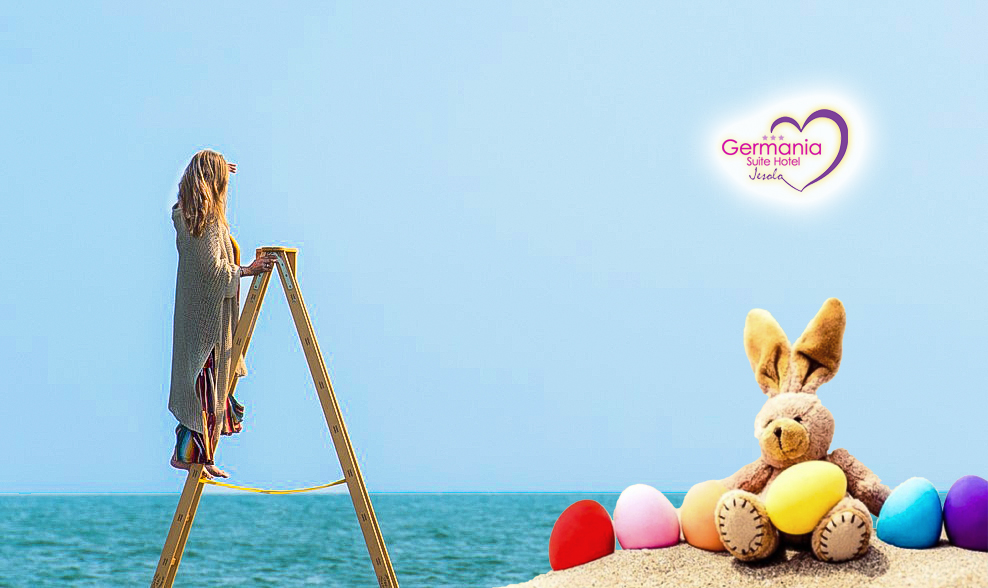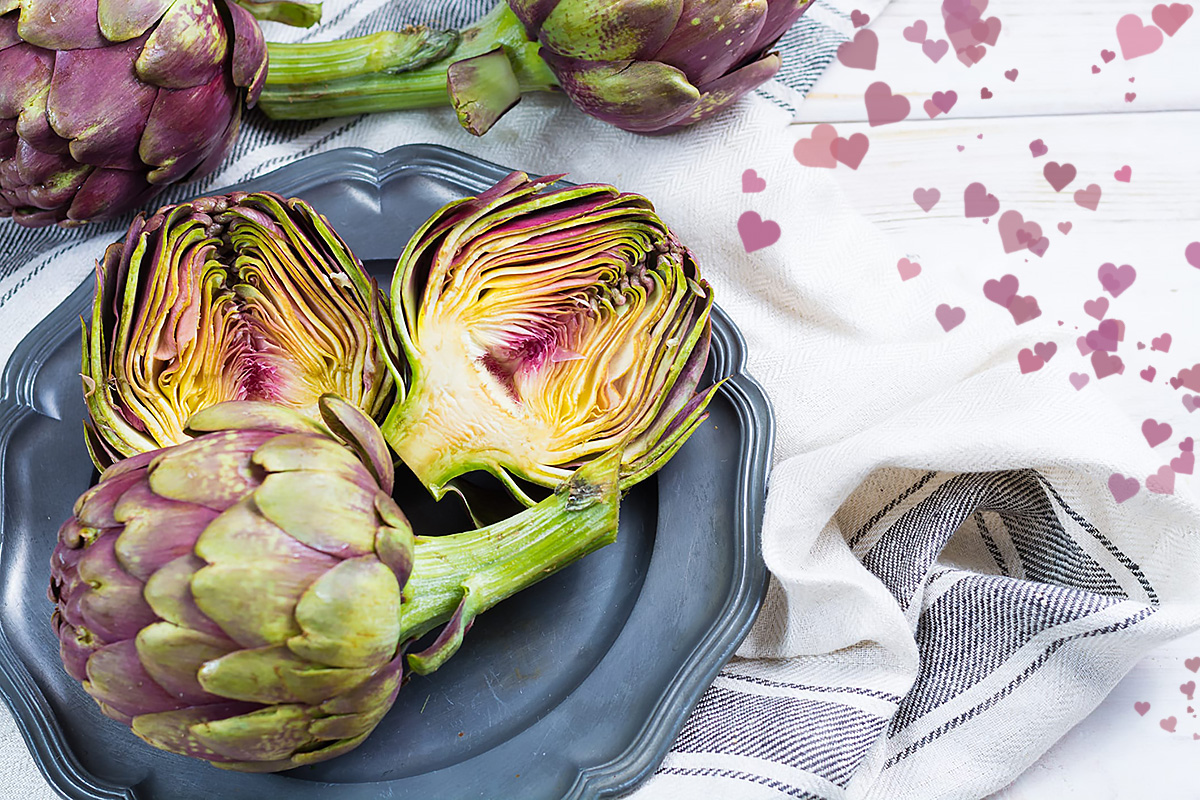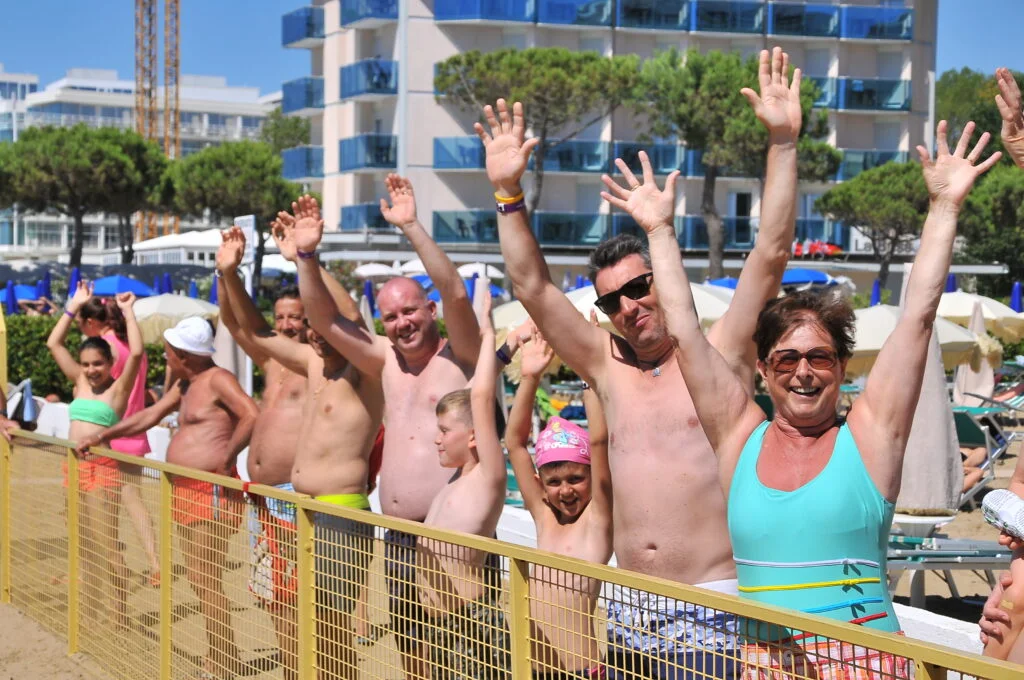Passato e presente ti
riempiono di meraviglia!
Jesolo and Hotel Germania are the perfect starting point for dozens of beautiful excursions in the rich territory of Eastern Veneto.
A journey through the past and present, among millennium-old history, traditions, and art.
Countless places to visit, wonders to explore, and unique experiences await.
It’s a one-of-a-kind route that allows you to discover the magnificence of ancient palaces adorned with 14th-century frescoes.
A trip that will fill your heart.
Padua is a city rich in beauty, such as the Palazzo della Ragione and the Loggia dei Carraresi, testaments to the ancient splendor of the Carraresi Lordship; the Scrovegni Chapel with Giotto’s precious cycle of frescoes; Donatello’s sculptures or the modern lines of Libeskind’s monument.
An itinerary that unfolds amidst the spirituality felt in churches, such as the Basilica of St. Anthony, the Abbey of St. Justina, and the Cathedral, the grandeur of Prato della Valle, and amid the millennia-old arcades of the city center.
Padua is also a city of science with the ancient university seat of Palazzo del Bo and the avenues of the first university Botanical Garden in Europe, listed as a UNESCO World Heritage Site.
The past and present of Padua fill you with wonder!
The present is instead creative and dynamic, experienced daily in the lively city markets of Piazza delle Erbe and Piazza della Frutta, within refined restaurants, in old taverns, among the tables of historic bars like Caffè Pedrocchi, or in trendy venues where the ritual of the aperitif is embraced.
A mix of charm, modernity, and reliability.
Even indulging in delicious flavors and seeking tasty experiences is always delightful, with numerous unmissable restaurants and bistros for eating, drinking, and celebrating.
Padua, the city of the Saint and the provincial capital of Veneto, is an incredibly rich treasure trove full of treasures waiting to be discovered.
Art, culture, history, and gastronomy, imposing squares, alleys, and shops – there is truly no shortage.
Padua can be visited in any weather and season, boasting an impressive twelve kilometers of arcades, holding the bronze medal in Italy (after Bologna and Turin).
So, what to see in Padua during a brief one-day visit?
What to see and admire in Padua?
Ecco un breve elenco non certo completo, ma pieno di suggestioni e bellezza.
1. La Cappella degli Scrovegni (intitolata a Maria Vergine Annunziata) è uno dei più preziosi gioielli di Padova in quanto ospita al suo interno un celeberrimo ciclo di affreschi di Giotto.
Annessi a essa sono i Musei Civici agli Eremitani.
2. Il Museo Archeologico custodisce reperti risalenti all’epoca paleoveneta, pre-romana e romana. Due sale, invece, sono dedicate all’Egitto, grazie al contributo dell’esploratore padovano Belzoni.
3. Il Museo d’Arte Medievale e Moderna è veramente ricchissimo di opere realizzate tra il Trecento e l’Ottocento e vanta grandi nomi, tra i quali troviamo Canova, Tintoretto, Veronese, Tiepolo e molti altri.
4. Palazzo Bo è la sede dell’Università degli Studi di Padova dal 1943: qui si trova il Teatro Anatomico più antico del mondo.
…we continue with the wonders of:
Prato della Valle is the largest square in Padua and Italy, and the second largest in Europe: it boasts an area of an impressive 88,620 square meters.
The Basilica of Saint Anthony, known as ‘del Santo’, is truly an unmissable landmark: millions of pilgrims come to Padua every year specifically to visit it. It was built starting in 1232 to house the remains of the Franciscan friar.
The Botanical Garden of Padua has been a UNESCO World Heritage Site since 1997. It is the world’s oldest university botanical garden: founded in 1545 to help students identify medicinal plants.
Piazza delle Erbe and Piazza della Frutta have been the city’s commercial center for centuries, and to this day, they host the market (one of the largest in Italy).
The majestic Palazzo della Ragione. This building was constructed between 1218 and 1219 as the seat of justice administration and to organize the markets.
Today, it’s possible to visit its immense Hall, 81 meters long, 27 meters wide, and equally high, adorned with 217 meters of frescoes (divided into twelve sections representing the months, zodiac signs, planets, constellations, arts, and crafts), and the wooden horse (used during a medieval tournament in Prato della Valle).
…and furthermore:
- Piazza dei Signori, dedicated to the Carraresi, as here stood the palace of the dynasty that ruled the city from 1318 to 1405.
Today, it’s the city’s living room, a place filled with venues where one can gather to enjoy an aperitif among good friends.
There are many other things to see in Padua, but your excursion from Jesolo doesn’t allow for seeing everything in just one day.
Perhaps during another trip to your …Hotel Germania, especially in spring and autumn!








